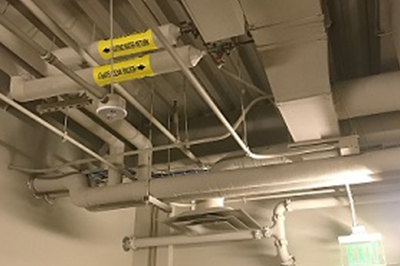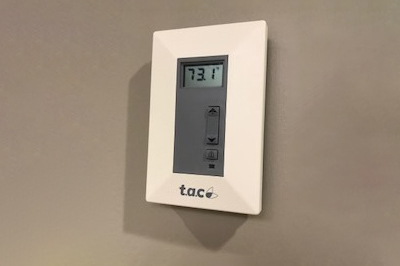Sustainability & Thermal Comfort
Sustainability & Thermal Comfort
Standards & Systems (S.SS)
Using appropriate thermal range and systems for occupants comfort and energy savings in school buildings.
From the supporting literature (linked),
1. Using HVAC systems regarding occupants comfort and energy saving in buildings.
2. Some parts of the literature is not consistent with previous findings and explains there is no correlation could be found between the characteristics of the buildings and their heating consumption.
Thermal Materials (S.TM)
Using appropriate material to increase the quality of temperature and thermal condition and sustainability in school buildings and classrooms.
From the supporting literature (linked),
1. Substitution of conventional thermal and sound insulating materials with sustainable ones has significant effects on the impact of all the various phases of the life of the building.
2. Many natural materials (bamboo, kenaf, sisal, coco fibers) show good how good thermal insulation properties
Building Orientation (S.BO)
The influence of building orientation, as a sustainable designing element, on the thermal condition of school buildings and classrooms.
From the supporting literature (linked), building orientation influences the thermal condition of school buildings and classrooms.
Windows (S.W)
The influence of windows, as a sustainable designing element on thermal condition and energy usage of school buildings.
From the supporting literature (linked),
1. Sustainable designing elements (orientation of the building, shading elements (trees), and window ratio) on thermal perception in school building.
2. Some parts of the literature is not consistent with previous findings and explains there is no correlation could be found between the characteristics of the buildings and their heating consumption.
References
1. Asdrubali, F., Schiavoni, S., & Horoshenkov, K. V. (2012). A review of sustainable materials for acoustic applications. Building Acoustics, 19(4), 283-311.
2. James, A., & Christian, K. (2012). An assessment of thermal comfort in a warm and humid school building at Accra, Ghana Advances in Applied Science Research, 3(1), 535-547.
3. Theodosiou, T. G., & Ordoumpozanis, K. T. (2008). Energy, comfort and indoor air quality in nursery and elementary school buildings in the cold climatic zone of Greece. ELSEVIER, 40(12), 2207-2214
4. Tom, S. (2008). Managing Energy and Comfort. ASHRAE Journal, 18-26.








